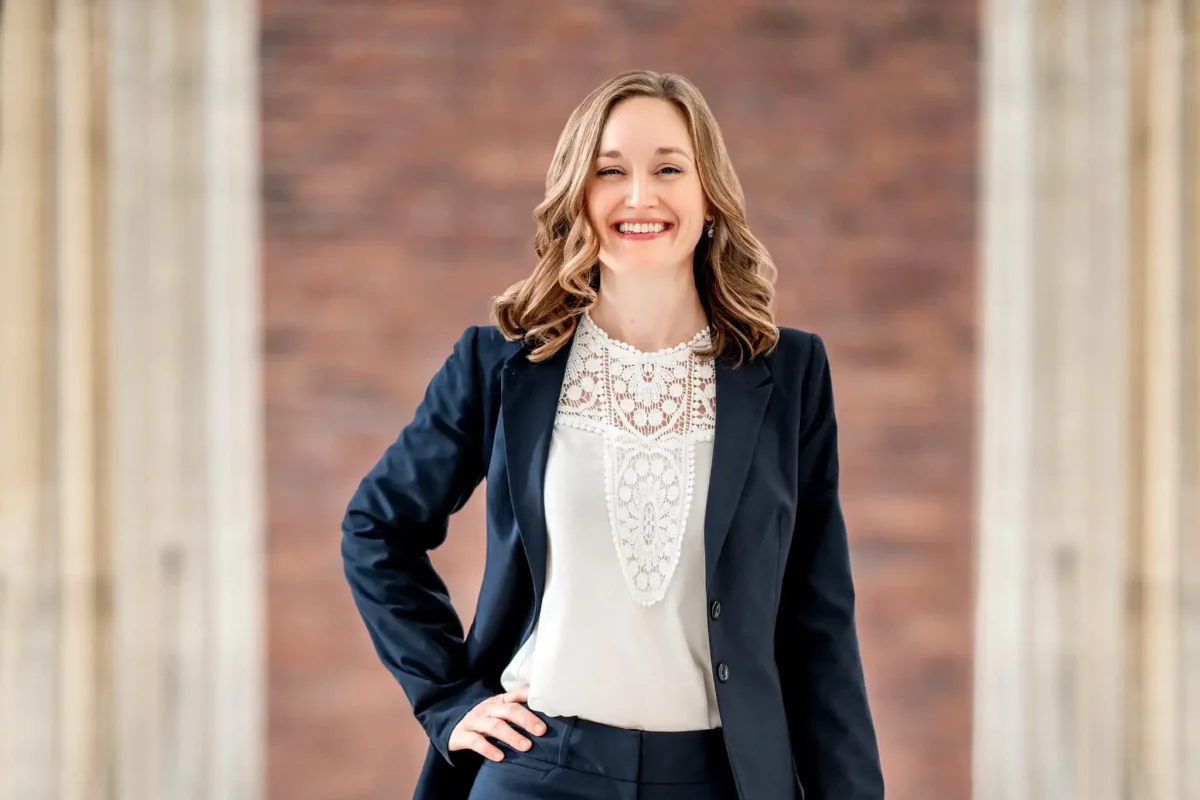As the seasons change, do you notice a shift in your emotional state? Do simple tasks feel overly demanding? Have you noticed any significant changes in your appetite? Maybe even difficulty concentrating and trouble sleeping? If you answered yes to any of these, you are not alone. According to the American Psychiatric Association about 5 percent of adults in the US have similar symptoms. That is about 10 million Americans that struggle with these symptoms for up to 40 percent of the year. This is known as Seasonal Affective Disorder (SAD).
What is SAD?
According to Mayo Clinic, SAD is a type of depression that is related to changes in seasons and tends to begin and end around the same time each year. SAD cases and symptoms most often start in late autumn or early winter. Because of this SAD is commonly referred to as the “winter blues” “winter depression” or winter-pattern SAD. But, according to the National Institute of Mental health, similar depressive episodes can occur in the spring and summer months as well, known as summer-pattern SAD.
Who suffers from SAD?
SAD affects people of all ages, genders, ethnicities, and backgrounds. According to HealthMatch, SAD is primarily seen in women rather than men. Other demographics with a higher chance of SAD are people who suffer from other mental health disorders, such as anxiety or bipolar disorder, as well as people who have relatives with SAD or other metal illnesses. In the article “Talking seasonal depression with U of M”, Assistant Professor Jeannie Larson in the Earl E. Bakken Center for spirituality and manager of the Nature-based Therapeutic Service at the Minnesota Landscape Arboretum of the University of Minnesota states, “There is a higher rate of SAD among women and, on average, people start to feel the effects of SAD between 20-30 years old.”
Which areas of the country is SAD most prominent?
Although only 5 percent of Americans suffer directly from SAD, about 10-20 percent of Americans suffer from milder forms of seasonal depression all over the country. Areas further away from the equator have higher percentages of people who experience SAD. The areas of the United States where the diagnosis of SAD is most common is in Alaska and the New England states. For example, in Maryland, 4.3 percent of people experience winter-pattern SAD, and in New York 4.7 percent. On the contrary, in the much warmer and sunnier state of Florida, only 1 percent of people experience this condition. SAD is linked to persons who have low serotonin, high melatonin and/or low vitamin D. “Essentially seasonal affective disorder (SAD) is caused by a reduced level of sunlight beginning in the fall and continuing through the winter months. This change of daylight may affect a person’s serotonin level, thus impacting mood. Research suggests lower levels of serotonin are linked to depression,” Larson states.
Are there any remedies for SAD?
As the summer tones down, fall creeps in and eventually winter arrives we see a shift in everything, not just the weather. When the days get shorter, the temperatures get lower and being outside for long periods of time no longer seems appealing. It is common for the seasons to change and our bodies to shift off their equilibrium. Do not be discouraged if you are someone who struggles with SAD, as there are things that you can do to prevent some of the more severe symptoms.
Under the Reddit thread “r/Seasonal Affective”, when asked how anyone could stay positive with this disorder user let-it-fly responded saying, “It’s rough! SAD creeps in on me and some years are better than others. I have to work diligently by maintaining all kinds of extra self-care.”
Treatment options for SAD includes light therapy, antidepressants, and talk therapy. Light therapy is used to mimic natural light and is said to make those suffering with seasonal affect disorder have fewer of the symptoms that are acquired from the lack of vitamin D during those cloudy gray months. Antidepressants, which can be prescribed by a medical professional, help regulate serotonin and can be just as effective as light therapy. Lastly, talk therapy, also known as psychotherapy, is cognitive behavioral therapy that can help SAD sufferers learn ways to cope with depression symptoms and develop healthy ways to improve more severe symptoms like sleep deprivation and low appetite.
Conclusion and takeaway:
SAD can be a setback for the many individuals that it affects yearly, but it is not something to be discouraged about. Seasons changing can be difficult for adults who do not explicitly struggle with SAD. There are many different remedies out there, especially for those who may be struggling with more severe symptoms. It is important to note SAD is a depressive disorder, and like traditional depression, it can immensely impact your daily life.
If you are located in the northern region of the United States, SAD is quite common, and often goes undiagnosed. People with preexisting mental health issues, like anxiety and bipolar disorder are even more likely to experience SAD symptoms. SAD and other types of depression disorders are always something that should be taken seriously, and their symptoms should not be ignored. If you think you may have SAD, please consult with a licensed professional.
Lastly, remember help is always available and you are not alone. If you or someone you know is struggling with mental health issues do not wait to get help. Check out the link below for the resources found here on campus.
Gannon’s Health Services:
https://www.gannon.edu/Student-Life/Services-for-Students/Health-Services/








